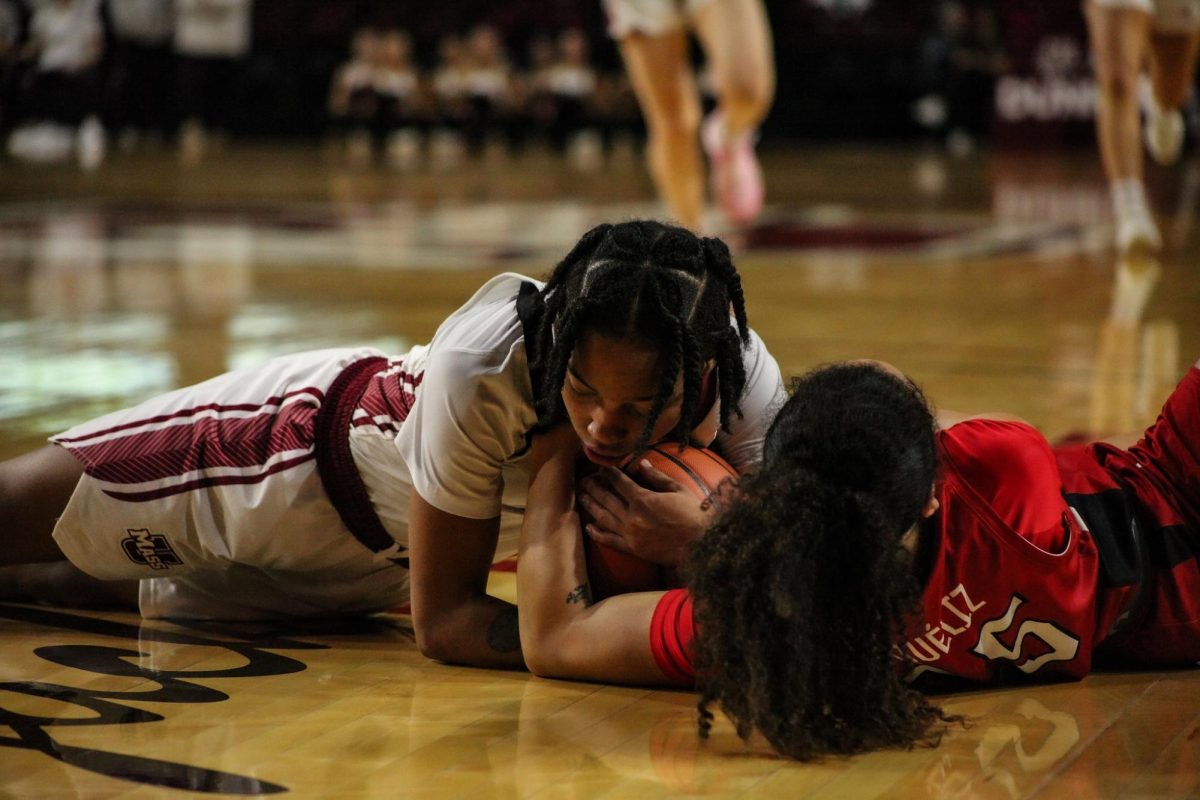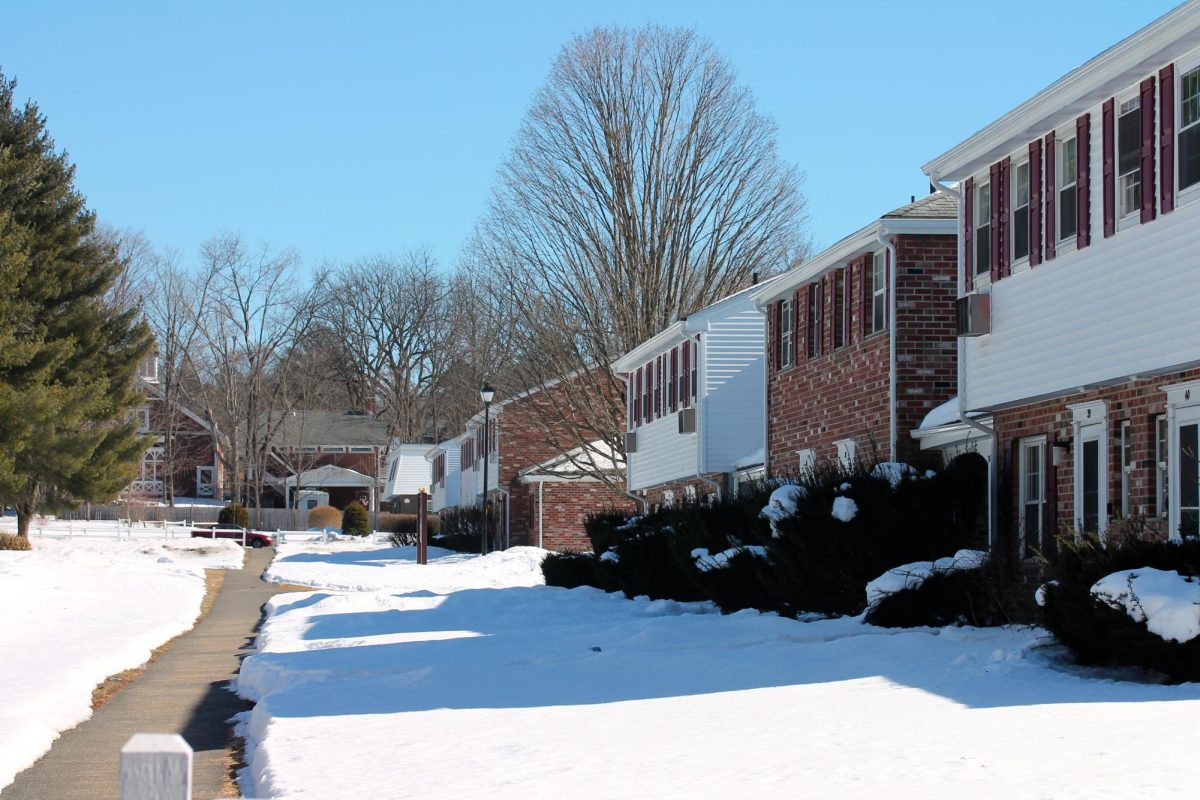While highly controversial, President Biden’s 2023 plan to relieve student debt of up to $20,000 was poised tohelp millions of Americans. The latest relief plan, currently in the works, would help millions more. But these plans are little more than Band-Aids – the student debt crisis has only worsened because Biden has taken no action to change the policies behind the crisis itself.
Affordable higher education is one of the most controversial and complex issues plaguing our nation today, and fixing the student loan system is not a silver bullet. There are issues of restoring state funding, fighting administrative bloat and reinvesting in community colleges and trade schools, to name a few.
The largest problem regarding student loans is that they have become an excuse to make college unaffordable. Why give people free college when you can give them a 20-year loan and make money from them instead?
Since the student loan industry – banks, investors and lending corporations like Sallie Mae – has made so much money from student loans, they have little incentive to let anyone stop them. It was not always like this.
Student loans began as merely an additional way to pay for mostly-affordable college in the 1960s as more Americans were getting degrees. An important inspiration was how successful banks had been in helping millions of Americans become middle-class homeowners through affordable 30-year mortgages.
At a time when a college degree was rising in value every year, the expectation was that borrowers would easily pay off loans down the road through the lucrative jobs their degrees guaranteed them.
Banks, however, are not giving students tens of thousands of dollars in loans because they want to see them succeed in life; they’re doing it because they want to profit. The people who need student loans the most are those who are least able to afford them. Over time, student loans have become a way to prey on vulnerable lower-income students seeking a better life.
Of course, students did not one day magically start needing tens of thousands of dollars in loans to afford college. None of this would have happened without the slow but steady decline in state funding for public universities. In fact, California famously had virtually free public colleges until the 1960s, when then-Governor Ronald Reagan cut the program.
Since public universities are run by states, it has historically been the responsibility of those states to provide the bulk of funding. But since the late 1970s, states have continuously cut funding for the institutions that have been the engines of their economy. The reasons for this are complex, including the rising costs of Medicaid and prisons.
Regardless, the emergent student loan industry seized on the opportunity and filled in the gaps with more loan programs and fewer limits on how much students can borrow. Loan companies lobbied for fewer limits on how much students can borrow, longer periods to pay off loans and even making student loans one of the few forms of debt that is almost impossible to declare bankruptcy on.
All the while, public universities were complicit. As banks and other big-time lenders lobbied universities to push their loan programs to students, universities ramped up increases in tuition and fees.
Investors pushed lending companies to squeeze the most money possible out of students so they could make a profit. With the blank check of student loans combined with negligent state governments, state universities increasingly turned their backs on the communities they were supposed to serve. As we see today at the University of Massachusetts, public state universities have increasingly recruited out-of-state students since they pay much higher tuition.
These lending companies and universities have steered students and their families into taking out loans they cannot afford, spending more years paying off those loans, paying higher interest rates on those loans and taking on riskier loans that leave them in tens of thousands of dollars in debt.
In turn, career dreams must be abandoned, investments like a house or a car have to be delayed and borrowers find themselves trapped as their life begins to revolve around making the next exorbitant student loan payment.
In typical American fashion, an 18 year old cannot legally drink alcohol, but they can take out $50,000 in student loans they have no guaranteed way of paying back. Companies giving out loans to people they know cannot afford them is nothing short of predatory.
Decades later, student loans are unrecognizable from their humble beginnings as a little extra help to afford college. They have become a legalized form of fraud, where money-hungry corporations and investors get naive, desperate students and their families on the hook for loans they never could afford in the first place.
Yes, we must also make state governments give more funding to their public universities. But such fixes will have a limited effect as long as colleges and states can continue using student loans as an excuse to chargeexorbitant tuition and saddle families with lifetimes of debt.
Until we bring back limits on how much students can borrow, shorter timeframes for paying loans off, lower interest rates and the ability to file for bankruptcy on student loans, our twin crises of student debt and college affordability will only worsen and strangle whatever is left of the American dream.
Liam Rue can be reached at [email protected].



















